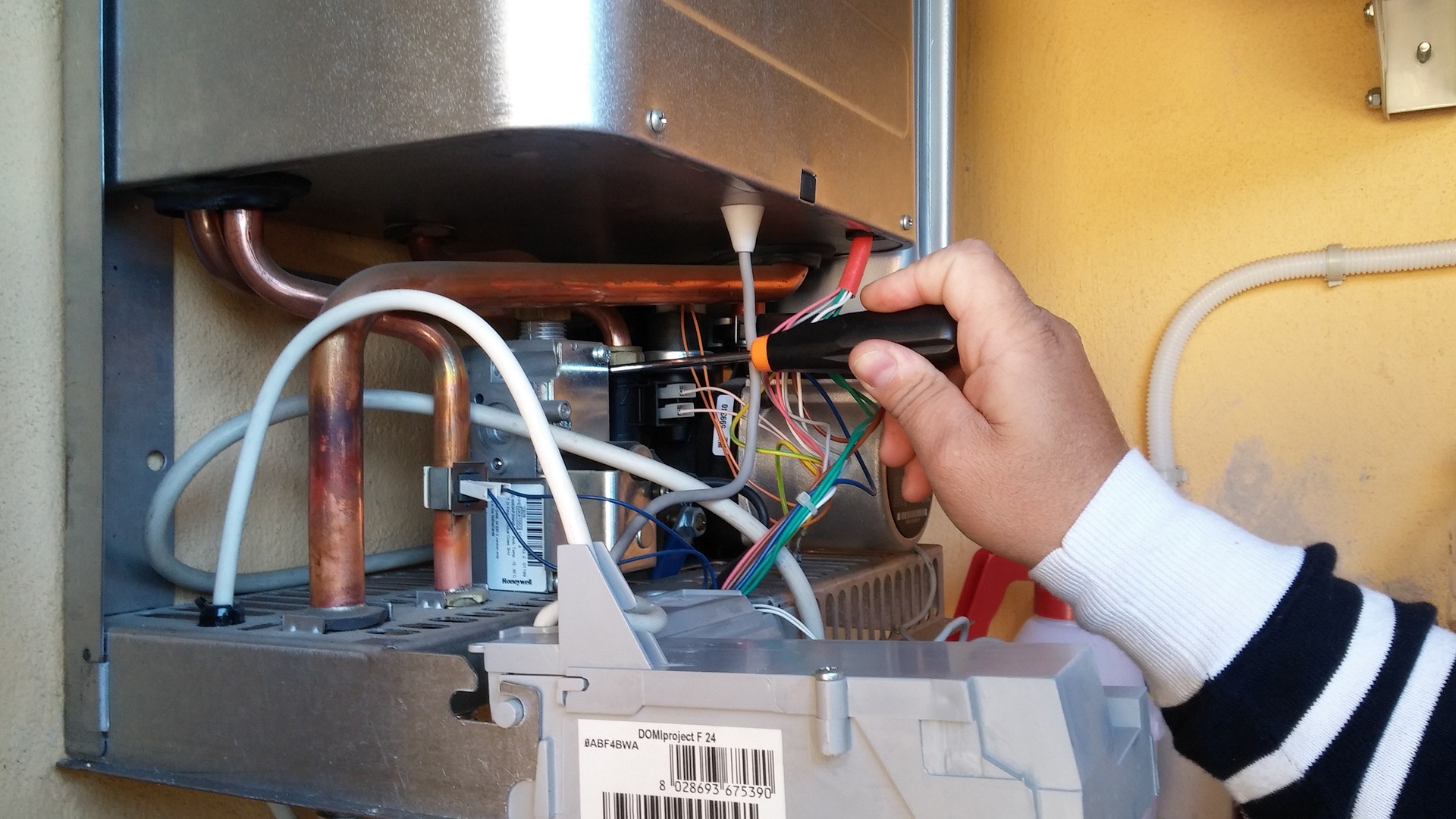Advancements in Fixed Wireless Access: A New Era of Connectivity
As we navigate the era of digital transformation, one technology has been gaining traction due to its potential to revolutionize connectivity - Fixed Wireless Access (FWA). Despite not being a new concept, FWA has recently emerged as a viable solution to the last-mile connectivity problem, offering high-speed internet access to homes and businesses alike.

A Historical Perspective on Fixed Wireless Access
Fixed Wireless Access was conceived as an alternative to traditional broadband methods. It was initially seen as a temporary solution, primarily used in areas where it wasn’t economical or feasible to lay fixed-line infrastructure. However, with the advent of advanced wireless technologies and the rise of remote work, FWA has evolved into a mainstream connectivity option.
The Resurgence of Fixed Wireless Access
The demand for high-speed, reliable internet access has never been greater. New applications such as remote work, telemedicine, and online education necessitate robust and flexible connectivity solutions. As a result, Fixed Wireless Access has seen a resurgence in popularity. With the ability to provide high-speed internet in areas where it was previously impossible, it is revolutionizing the way we think about connectivity.
The Impact of Fixed Wireless Access
The benefits of FWA extend beyond just connectivity. It presents a cost-effective solution for service providers, who can bypass the expensive and time-consuming process of laying fiber optic cables. For consumers and businesses, it means access to high-speed internet without the need for extensive infrastructure. However, challenges still remain, including signal interference and the need for a direct line of sight between the transmission tower and the receiving device.
The Future of Fixed Wireless Access
Looking ahead, the potential of Fixed Wireless Access is immense. With advancements in wireless technology, we are likely to see improvements in signal quality and speed, making it a compelling alternative to traditional connectivity methods. The advent of innovative hardware, coupled with smart software solutions, could also see FWA become a key player in the delivery of 5G services, shaping the future of connectivity.
In conclusion, Fixed Wireless Access is poised to play a pivotal role in our increasingly connected world. By bridging the last-mile gap, it not only promises to transform the way we access the internet but also has the potential to democratize connectivity, making it accessible to all. As we move forward, it will be interesting to see how this technology evolves and shapes the future of telecommunications.




